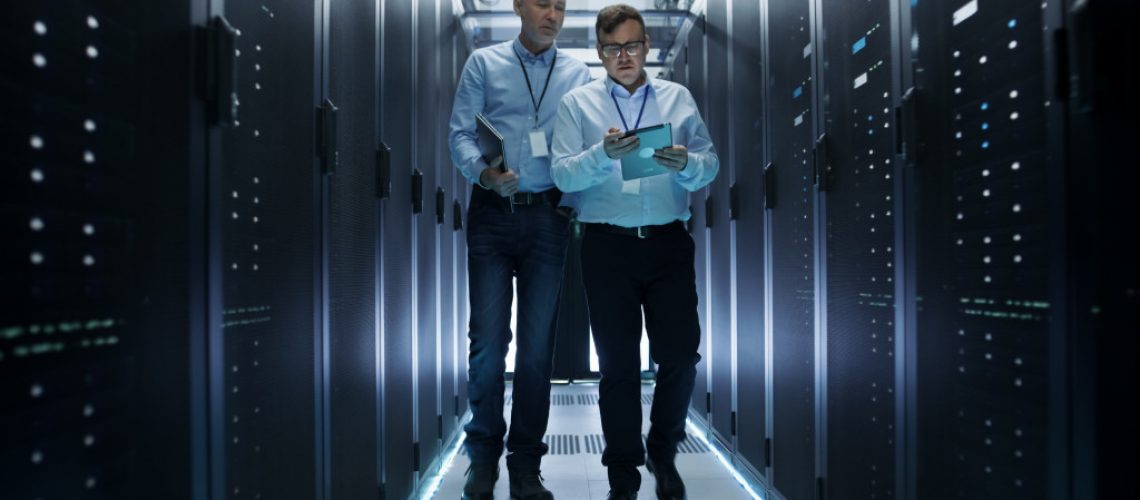Data centers are the lifeblood of modern businesses. They provide access to information, networks, and services that power the digital world. To do this well, they need a lot of focus on the six IT infrastructure requirements for a data center: power, cooling, storage, networking, security, and management.

1. High-Grade Power
When it comes to building data centers, it’s all about power, and for good reason. Power is a top factor when it comes to the success of a data center business. This is because a data center’s main equipment is of a high power requirement, particularly during peak time.
Data centers require a huge amount of power to keep the servers going and meet service demands. Basic IT infrastructure in a small data center can consume 100s of kW or more. In large-scale data centers that handle millions of pieces of data every day, this figure can exceed 1000 kW.
2. Cooling Systems
The need for cooling is another important part of a data center. The main source of heat in a data center is the equipment. Moreover, power usage will require an efficient cooling system to ensure there’s no overheating and thus disruption in service delivery.
Of course, modern data centers will have automated cooling systems that are built-in in line with the requirements of the equipment. This will be done by using an analysis tool to determine how much air needs to be cooled, where it’s going, and at what time.
3. Data Storage Units
High-grade storage is also necessary for modern data centers. As data increases, so does the storage needed to hold it. To store massive amounts of data as efficiently as possible, a system should constantly monitor the files and ensure that those that are being used constantly are being backed up to another server or drive.
This will allow fast retrieval of data, which is necessary to keep up with any requests. So, a data center should have a storage solution that can deal with large amounts of requests in a short time frame.
4. Networking Equipment
The networking equipment in a data center is of great importance as well, since it’s the main workhorse that transfers requests to servers and keeps them online. Without this system, access to the facility would be limited and there’d be no way for employees or customers to communicate with each other.
The point-to-multipoint Ethernet network is usually the best networking solution to use when it comes to data centers because of its high bandwidth capabilities. This can transfer data quickly, efficiently, and securely over large distances.
5. Security Systems
There are many security systems in a data center that have to be in place for employees, customers, and visitors to have the best experience possible. Security is one of the most common IT infrastructure requirements, which is why it comes in the form of physical security systems as well as software and hardware security packages so that everyone has access to authorized areas only.
With all these security systems in place, a data center can keep unauthorized people from gaining access to areas that could cause harm to the facility, as well as dangerous equipment and files.
6. Management Tools
The final IT infrastructure requirement is a management tool that can handle alert systems, inventory control, and help desk tasks. This allows a company’s IT department to monitor activity in a data center at all times.
This helps to keep the data center running as efficiently as possible and ensures that there are no security breaches, network issues, or equipment malfunctions. With a management system in place, a modern data center can adapt to changes quickly and ensure that all systems are operating within normal parameters.
Building the Data Center
When it comes to building a data center, many factors have to be considered to ensure that all the necessary IT infrastructures are in place. This means that you can’t just build a data center in any location you wish.
To access the Internet and other services, a data center should be built close to interconnecting hubs so that there is little loss in connectivity. Also, when building the facility itself, it’s important to have devices such as generators on hand in case of an outage or power failure from the main source.
Data centers are now popping up in many regions that have low-cost leases, but it’s important to make sure there is enough floor space for the amount of equipment that will be housed within the data center. If there isn’t, then this could make it difficult to keep cool during warmer months due to lack of airflow and cooling.

